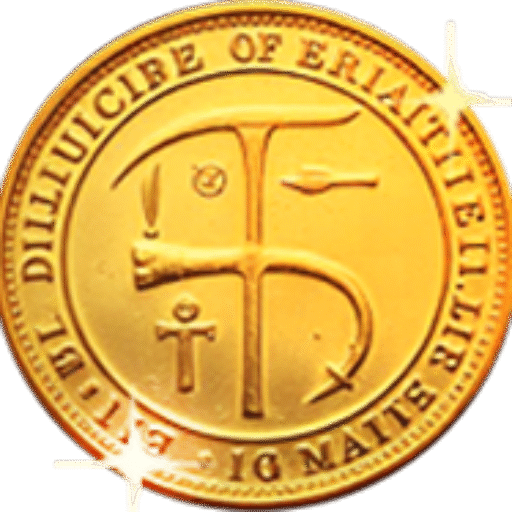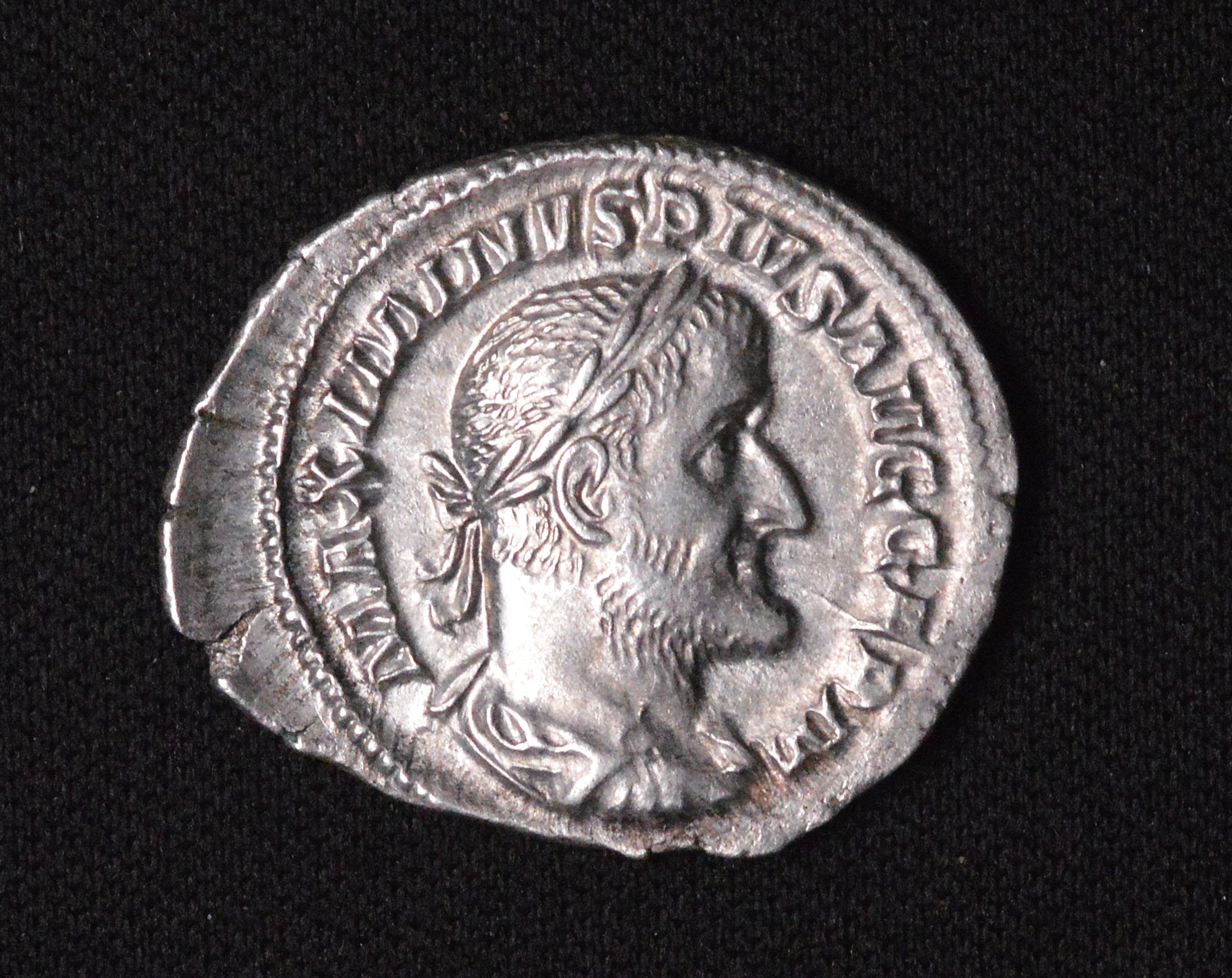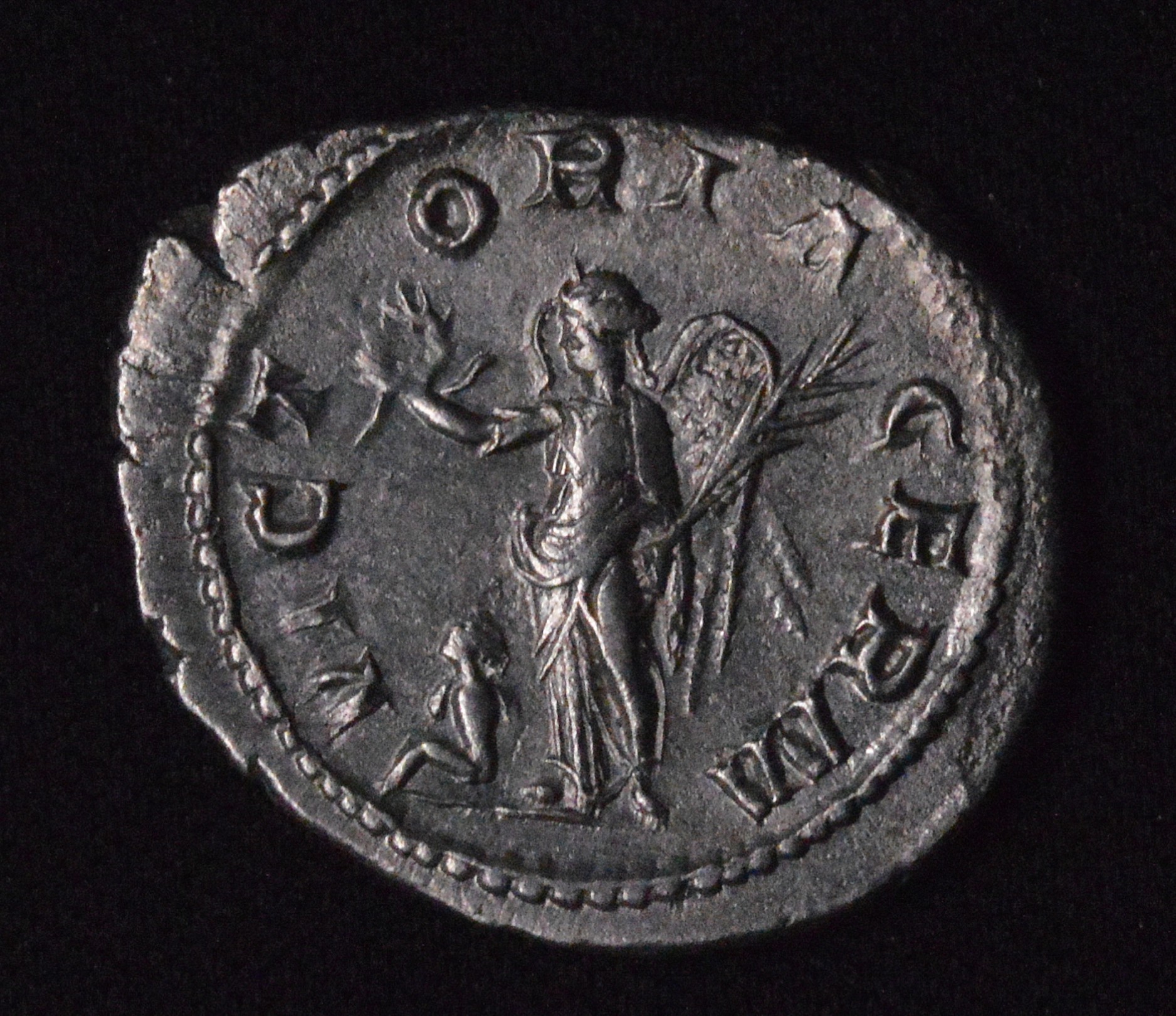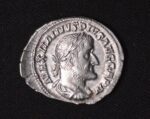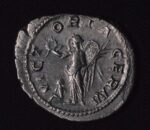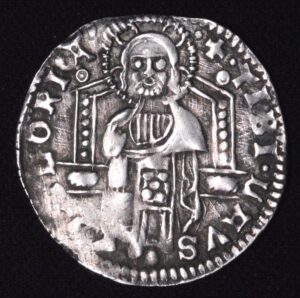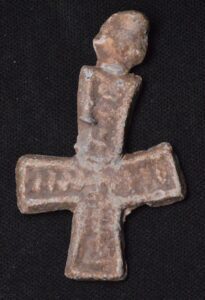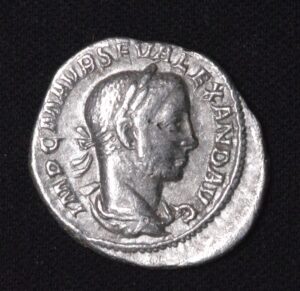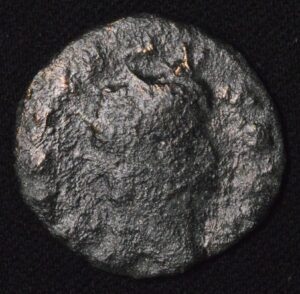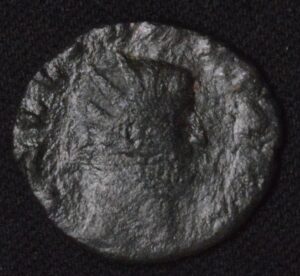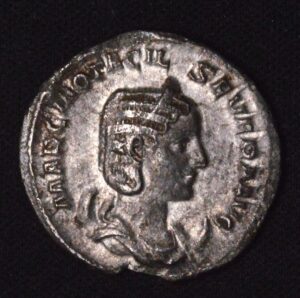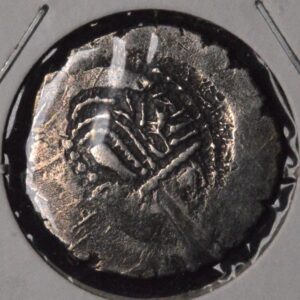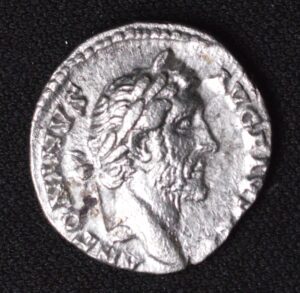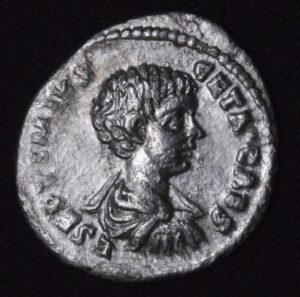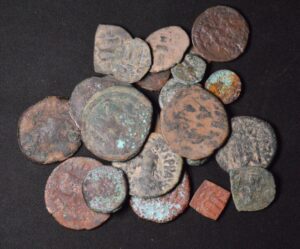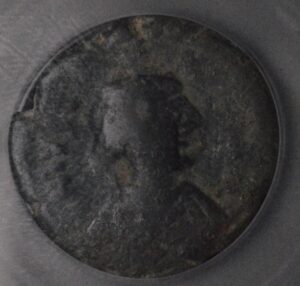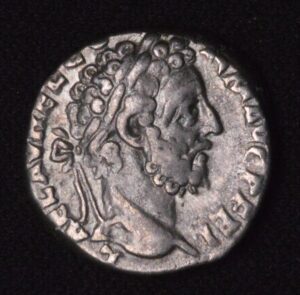Description
The Roman Maximinus I Denarius from Rome is a significant ancient silver coin minted during the brief reign of Emperor Maximinus Thrax, who ruled from AD 235 to 238. Weighing roughly 3.5 to 4 grams, the denarius was struck in high-quality silver and is known for its well-crafted portraiture of the emperor. Maximinus I was famed as a giant and military leader who came to power during the Crisis of the Third Century, a turbulent time in Roman history.
The obverse of the denarius typically features a radiate, cuirassed bust of Maximinus I, showing his strong and stout profile with a commanding presence. The reverse often displays classic Roman religious or military themes, such as the seated figure of Salus (goddess of health) feeding a serpent, symbolizing the emperor’s hope for the empire’s wellbeing and resilience amid chaos.
Coins graded Very Fine (VF) show moderate wear but retain clear and bold details on both the emperor’s portrait and the reverse imagery, making them highly desirable to collectors. The strong strike quality seen on many Maximinus I denarii reflects the skill of Roman mints during this era, even under strained conditions.
Collecting a Maximinus I denarius offers a tangible connection to a tumultuous period when Rome faced military threats and internal instability. Despite his short reign, Maximinus’s coins are noted for their artistic merit, durability, and historical significance. They are especially valued among those interested in imperial military history and Roman numismatics.
In summary, a Roman Maximinus I Denarius struck in Rome and graded Strong Very Fine is an impressive piece of ancient silver coinage. It captures the might and determination of an emperor amid crisis, offering both aesthetic quality and a profound link to Roman history.
The Roman Maximinus I Denarius from Rome is a significant ancient silver coin minted during the brief reign of Emperor Maximinus Thrax, who ruled from AD 235 to 238. Weighing roughly 3.5 to 4 grams, the denarius was struck in high-quality silver and is known for its well-crafted portraiture of the emperor. Maximinus I was famed as a giant and military leader who came to power during the Crisis of the Third Century, a turbulent time in Roman history.
The obverse of the denarius typically features a radiate, cuirassed bust of Maximinus I, showing his strong and stout profile with a commanding presence. The reverse often displays classic Roman religious or military themes, such as the seated figure of Salus (goddess of health) feeding a serpent, symbolizing the emperor’s hope for the empire’s wellbeing and resilience amid chaos.
Coins graded Very Fine (VF) show moderate wear but retain clear and bold details on both the emperor’s portrait and the reverse imagery, making them highly desirable to collectors. The strong strike quality seen on many Maximinus I denarii reflects the skill of Roman mints during this era, even under strained conditions.
Collecting a Maximinus I denarius offers a tangible connection to a tumultuous period when Rome faced military threats and internal instability. Despite his short reign, Maximinus’s coins are noted for their artistic merit, durability, and historical significance. They are especially valued among those interested in imperial military history and Roman numismatics.
In summary, a Roman Maximinus I Denarius struck in Rome and graded Strong Very Fine is an impressive piece of ancient silver coinage. It captures the might and determination of an emperor amid crisis, offering both aesthetic quality and a profound link to Roman history.
The Roman Maximinus I Denarius from Rome is a significant ancient silver coin minted during the brief reign of Emperor Maximinus Thrax, who ruled from AD 235 to 238. Weighing roughly 3.5 to 4 grams, the denarius was struck in high-quality silver and is known for its well-crafted portraiture of the emperor. Maximinus I was famed as a giant and military leader who came to power during the Crisis of the Third Century, a turbulent time in Roman history.
The obverse of the denarius typically features a radiate, cuirassed bust of Maximinus I, showing his strong and stout profile with a commanding presence. The reverse often displays classic Roman religious or military themes, such as the seated figure of Salus (goddess of health) feeding a serpent, symbolizing the emperor’s hope for the empire’s wellbeing and resilience amid chaos.
Coins graded Very Fine (VF) show moderate wear but retain clear and bold details on both the emperor’s portrait and the reverse imagery, making them highly desirable to collectors. The strong strike quality seen on many Maximinus I denarii reflects the skill of Roman mints during this era, even under strained conditions.
Collecting a Maximinus I denarius offers a tangible connection to a tumultuous period when Rome faced military threats and internal instability. Despite his short reign, Maximinus’s coins are noted for their artistic merit, durability, and historical significance. They are especially valued among those interested in imperial military history and Roman numismatics.
In summary, a Roman Maximinus I Denarius struck in Rome and graded Strong Very Fine is an impressive piece of ancient silver coinage. It captures the might and determination of an emperor amid crisis, offering both aesthetic quality and a profound link to Roman history.
CUSTOMER FEEDBACK




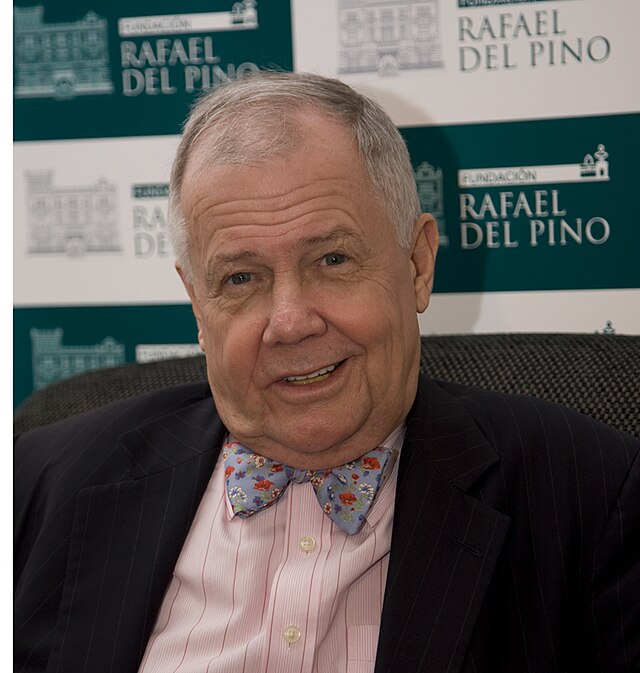



Related Products & Newly Released!
-
$30.00
-
$300.00
-
$110.00
-
$69.00




SHIPPING POLICY
Your order is shipped from the United States with USPS tracking within one business day.
14 Day Return Policy
You can return your item back within
14 days of the purchase

Secure payments
Your payments are 100% secure and are processed through Square or PayPal on a protected security network.
SHIPPING POLICY
FREE International and Domestic (United States) shipping. Your order is shipped with USPS tracking 24 hours after you order.
14 Day Return Policy
You can return your item back within
14 days of the purchase

Secure payments
Your payments are 100% secure and are processed through Square or PayPal on a protected security network.
RESOURCES
support
Get Fresh Articles!
Sign up now to receive our articles for the latest insights and promotions!
RESOURCES
support
Get Fresh Articles!
Signup our newsletter to get update insight or promotions.

